Well, what an amazing lot of fun and learning in SPoR over the past 4 days. We finished our fourth day yesterday bringing myth and embodiment together in tackling the realities of psychosocial risk.
We started surveying the current approaches to psychosocial risk that are dis-embodied, looking at the ineffectiveness of the dominant methodologies in traditional safety. We learned very quickly that dis-embodied myths about brain-centrism, fake neuroscience, the behaviourist worldview, scientism and individualist notions of resilience cannot work. Indeed, when we look at all of the standards such as 43005, state regulator myths on psychosocial ‘hazards’ and much of the Discourse on psychosocial risk are doomed to fail.
Without a worldview that is holistic, Transdisciplinary and anchored in embodied personhood, whatever strategy is attempted, cannot work.
Once we had explored the deficiencies of current approaches top psychosocial hazards, we were lead into the work of a local expert in holistic, embodied, somatics and the healing of trauma with Kendra Boone https://www.kendrahealingarts.com/.
We immediately connected with kendra through all of the work we do in SPoR in trauma, readings by experts such as Gabor Mate (The Myth of Normal https://safetyrisk.net/the-myth-of-normal/ ) and Besser Van Der Kolk (The Body Keeps the Score).
Kendra lead us through the nature of here work, philosophy and outcomes, bringing together our studies on mythology and embodiment. The work Kendra did with us was gentle and focused on a holistic and social approach to well-being.
Kendra also shared her extensive research background and its connectedness to what we do in SPoR. Once we finished our session with Kendra it was back to the workshop exploring the nature of wicked problems, collective coherence and the collision of worldviews when it comes to risk and safety and psychosocial risk.
We used the models developed by Dr Craig Ashhurst to tackle to mono-disciplinary worldview of Safety and what could be done. The we went back to our yoga mats and rather than tackle wicked problems propositionally (which doesn’t work). We used our mats as concept maps, visual metaphors and semiotic tools to tackle the challenges of an ethic of personhood.
Semiotic non-propositional thinking and Poetics (all non-measurables) are by far the best method to tackle the challenges of a wicked problem such as psychosocial health, culture and risk.
If you abide by the myth ‘you can’t manage what you can’t measure’, you will never be able to tackle the issues of: love, trust, meaning, care, personhood, ethics, moral purpose and resilience, essential to tackling psychosocial risk.
All of this is light years away from the behaviourist binary nonsense that fills the safety airwaves with dis-embodied anti-social nonsense.
We also know that this approach is dangerous and harmful (https://safetyrisk.net/playing-with-mental-health-in-safety-is-dangerous/) when put in the hand of pseudo-amateurs (https://safetyrisk.net/not-just-another-hazard/) in work, health and safety who have no expertise in either holistic ergonomics or psychosocial health (https://safetyrisk.net/not-just-another-hazard/).
And, if you criticise safety, it still doesn’t listen but rather just brands such criticism as anti-safety. This further entrenches non-professional approaches to risk and closed-mindedness to learning.
Moreso, any worldview that acknowledges zero is even more harmful in psychosocial health because it denies fallibility, is unethical, cannot manage weakness, vulnerability, mortality or understand personhood (https://safetyrisk.net/why-zero-vision-can-never-tackle-mental-health/ ).
If Zero Vision is your mantra you will never develop the disposition or orientation needed to tackle the challenges and risk of mental health at work. BTW, the Discourse of Zero dominates the program of the Sydney Convention on zero approaching in November.
This is where you will hear all the spin and marketing about the same old safety tripe (https://safetyrisk.net/dont-be-dumb-like-me-the-typical-safety-keynote/) that offers no methods with what to do about psychosocial health. Indeed, most of what safety proposes to do about psychosocial hazards is dangerous and harmful.
If you want to tackle the complexities of mental health the first thing to do is to dispose of zero.
Similarly, jettison the nonsense safety understandings of culture. If you are operating on the mythology that culture is ‘what we do around here’ then you will never be able to help or care for people with psychosocial needs.
People are NOT the sum of behaviours and the essential nature of Socialitie is foundational to any approach to resilience.
This is why in SPoR we study Mythology and Embodiment, both help to deconstruct the myths of safety regarding psychosocial health and build constructive, positive and practical methods to tackle the complexities of such risk.
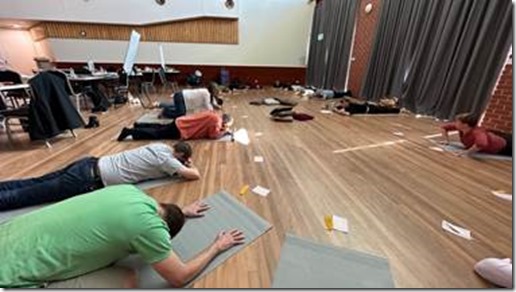
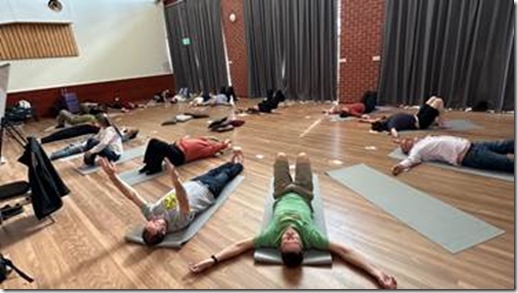
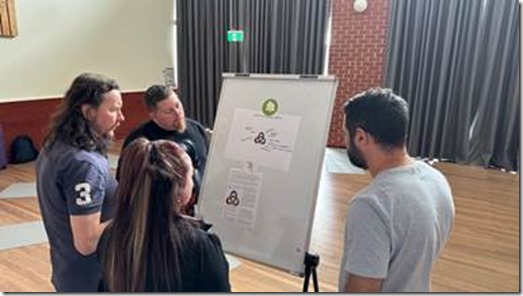
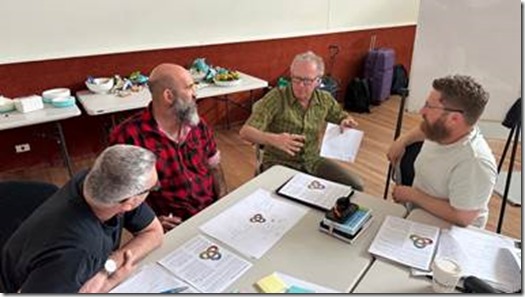
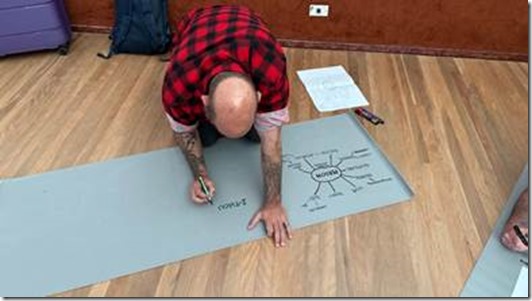






Do you have any thoughts? Please share them below